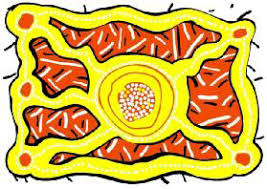Kimberley Language Resource Centre
Mixed Media Digitisation


The Kimberley Language Resource Centre (KLRC) was the first regional language centre established in Australia. It is the peak representative body for Aboriginal languages in the Kimberley.
The organisation was set up in 1984 (incorporated in 1985) following the establishment of the Kimberley Land Council (1978) and the Kimberley Aboriginal Law and Culture Centre (1984). These organisations together protect the heritage of Kimberley Aboriginal people which is based on a foundation of Land, Law, Language and Culture.
KLRC held a collection of videotape, audio tape and data formats in its archive. This media needed to be converted to a digital form to ensure that the collection was properly preserved. Importantly, it also needed to be made accessible today, so it could be used by the indigenous communities.
KLRC did not have the capabilities to undertake the project themselves, and therefore needed to appoint a partner with the experience and professionalism to facilitate the digitisation of a collection with cultural significance and sensitivities.
700 items that included audio cassettes, VHS videotape, MiniDV, CDs and 3.5’ floppy discs.
DAMsmart was appointed to the project by KLRC. We worked with the Centre to establish the collection database and project plan, ahead of shipping.
Video content was preserved using Lossless JPEG2000 and MPEG2 and H.264 profiles for access. The audio was provided back to KLRC as BWF and MP3 profiles.
The collection was stored safely in Canberra for the duration of the project.
© DAMsmart 2025
MC3 Design